Growing As A Professional Creative
When I was around 6 years old, my friend asked me what I wanted to be when I grew up. I said “an artist,” and every chance I got I would pick our activity or game. He would want to climb trees, I’d say, “Let’s color!” (meaning our coloring books). When he would suggest we go outside and pretend to be characters from our favorite cartoons (Transformers, GI-Joe, and HeMan and the Masters Of The Universe) I would say, “Let’s try drawing them instead.” Since the beginning this is all I’ve ever known. I wanted to create things, and to craft things.
At a very young age my grandmother gave me my first camera. A 110 Fisher Price camera with flash bulbs you could mount on top. It had a snap and pop black string for a camera strap with yellow plastic fittings. The body was bright blue, and it had rubberized sides making it rugged and tough for kids. It worked really well. It went everywhere with me and I loved it!
I grew up in a family that came from an industrial part of England. Everyone had a trade skill. They could all work with metal in some way. My father was a draftsman by trade, creating the plans and drawings for big ships, but he understood the craft of building them. So much of my childhood was spent around ships, waterways, and seeing them be created, or rotting away along the shores. Wooden ships abandoned for newer metal ships. It was fascinating to look at.
My grandfather, my uncles, and even my brothers, all worked in the shipyards. My family worked with the steel and iron that formed large vessels for very utilitarian purposes. I always loved walking around and seeing the giant cranes. Often the yard crews were making the machines that became tools they would use to make the ships.
We traveled the world seeing various shipyards where my father’s projects were happening. Ireland, Germany, Holland, and more. Growing up around the people in those environments, a few things were engrained in me.
- You need a trade skill.
- You need to work hard. Not just in will, but in effort (blood & sweat type of equity).
- You need to understand the value of your effort and your trade.
Fast forward many years and it became clear to me, the ship building industry was not going to be my path. In the early 90s as I got a little older I fell in love with skateboarding. The design, photography, graphics, fashion, and music, all mixing together in one lifestyle. I had upgraded my camera gear to a 35mm film setup that I used to shoot for various theaters, local newspapers, skateboard magazines, and local bands. It was the start of something that never felt like work. It felt more like a place I belonged.
I was also beginning to learn and create computer graphics with my first capable computer, a Commodore Amiga with Deluxe Paint. This allowed me to start freelancing as a teenager. I’d make graphics for local businesses. Things like flyers, clip art, menus, and more. I was off and running, but you know what I wasn’t ever taught? I was never taught my value to others as a professional creative. At this point, it was all intriguing, and it was all fun. But to have a career, it meant more than just that.
Today, at this stage in my career, I’ve managed over a few thousand people. I was a Manager at Google. I’ve been a Senior Imaging Expert for Apple, and I’ve helped multiple agencies build out professional development programs for their creative departments. For a punk skateboarding kid from the middle of nowhere, I’ve been very fortunate for the opportunities I’ve received. Regardless of projects, titles, and positions, one thing I try to help creatives learn today, is to understand your value. Not money, not hourly rates, but actual value.
I don’t think I can exclusively call myself a Photographer, or a Designer, or anything so specific. Many creatives I meet wear lots of hats. They are often generalized and feel guilt they aren’t a specialist in something. My value is in that I provide professional level creative solutions to our clients. Sometimes that makes me the Creative Director, sometimes I’m the Photographer, or even the illustrator. But it’s our thoughts, our ideas, and our service that bring value.
Have you ever wondered why someone got a project with a client and you found the final result unimpressive? I’ve heard this before: “I could do better than that! It was boring.” But maybe, that was the result of hours upon hours of collaboration with a client who together with the creative, arrived at a place of exactly what they valued. Who knows, what is impressive or boring to us, might have had a purpose and mission. A tactical result of a well thought out strategy.
What matters most is the value we add to the project, whether that’s shooting images of the Apple Cinema Displays at an Apple Developer Conference, or if I’m executing on a custom fabricated steel entrance for a gallery in San Francisco. Maybe it’s just how I direct in my photo studio. That’s the point of being a Professional Creative. The expectation is yes, that we have good Photoshop skills, good Illustrator technical abilities, that we know lighting, can control a camera, or be the retoucher the client needs. But what it really means is that we deep dive into our client’s projects so that we can suggest, and execute, on solutions. This month alone I’ve retouched photos for a National Geographic Photographer and I’ve designed graphics and shot photos for a restaurant menu. The value add was the same despite the difference in the projects.
For example, a few years ago I created a survey which received hundreds of responses. In it, I asked people to prioritize what they expect when they get a project from someone. At the top of the list creatives wanted:
- To be creative
- To be appreciated/respected
- Work on something interesting/portfolio worthy
But on the client side of things the priority was not the same. When they hire a creative for a project their order of thinking was more like this:
- Deliver on promises
- Don’t be complicated to work with
- Provide reasonable solutions
Here is where we often see the divide, and the struggle, for people working in creative positions. What we often see as our wants, our goals, and measure as our successes are not those shared by our clients. When I asked many people in positions who hire professionals, they said, “I expect them to be skilled and creative.” The value is no longer that you are creative or skilled, that is the baseline of their expectation. It’s the foundation of why they hired you in the first place.
So, what would make you more valuable to them? Excellent service, crystal clear communication, being collaborative perhaps? Your creative side allows you to see things that maybe they don’t. It’s not their experience to look through the creative lens. Listen to Jay Maisel talk about the gesture of objects, or the expression of color. It’s clear why he added value for his clients. Steve Jobs often spoke of this at Apple. It was even a campaign, “Think Different.”
In the current state of the world, it’s easier than ever to get information. More people are becoming excellent at their technical abilities. But are they adding value? Probably the most common question I get asked these days. “How do I make more money?” or “How do I get more clients?” There isn’t a shortage of opportunities out there, but you have to know how you add value, and getting potential clients to know about your value.
This is where you should begin if you’re looking to grow. There are lots of articles, exercises, and more about realizing your value proposition. It’s the difference maker between you, and the other person out there calling themselves designer, photographer, editor, and more. The value is in the service leading up to the finished product and the experience your client has while the project is happening. They expect the final image, or graphic, or design, or website, or anything to be good. That’s why they hired you. But what was their experience like when you were producing it?
Our company, my wife and I, work mostly in the commercial and enterprise tech sectors with Fortune 500 clients. That means understanding what is most valuable to them and how to speak in their language so they understand we are the right provider of that solution. I offer this advice to you, do the exercise of asking what would be your value proposition? How are you differentiating your solutions and services? Here are a few tips to help:
- Speak in the language of your client (they don’t know Photoshop, Nikon, or Profoto)
- Learn how to say “Yes, and here’s how” rather than saying “No”
- No one cares how much you know, until they know how much you care
- Always work to turn customers into clients and then into partners
This is more than equipment and software after all. Just like a tradesman in any shipyard doesn’t talk about the welding torch or hammer they use. The value isn’t in the tools, it’s in the person holding them.
Mark Heaps is the Executive Director at Heaps LLC where alongside his wife they manage a small team of creatives who provide design communication services to their clients. Some of those clients include Capital One, Dell, Google, Apple, Coca-Cola, TEDx, Ford, Polycom, Riverbed, and more. Mark is also the creator of Reactive Exposure (www.rawplugins.com) A native exposure correction plugin for Lightroom. He also owns and runs ATX Photo & Video Studio in Austin, Texas. A low-cost community project where photographers, videographers, actors, students and more can come use their 1400sq ft warehouse with all equipment included for the same price as a date at Starbucks.
Follow him on almost any social media, like Instagram, Twitter, or Facebook (where he streams live weekly giving insights from the trenches of working in the real world), with the user name @lifebypixels.



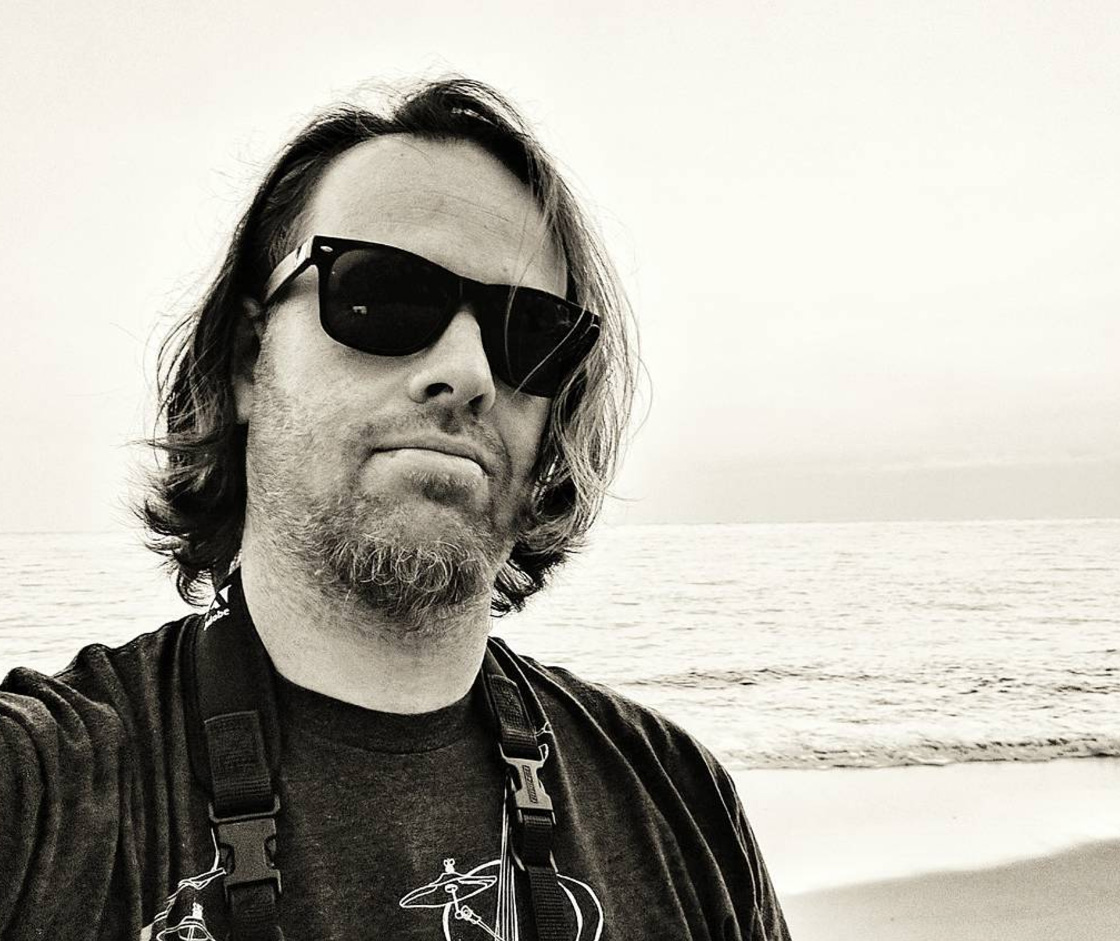
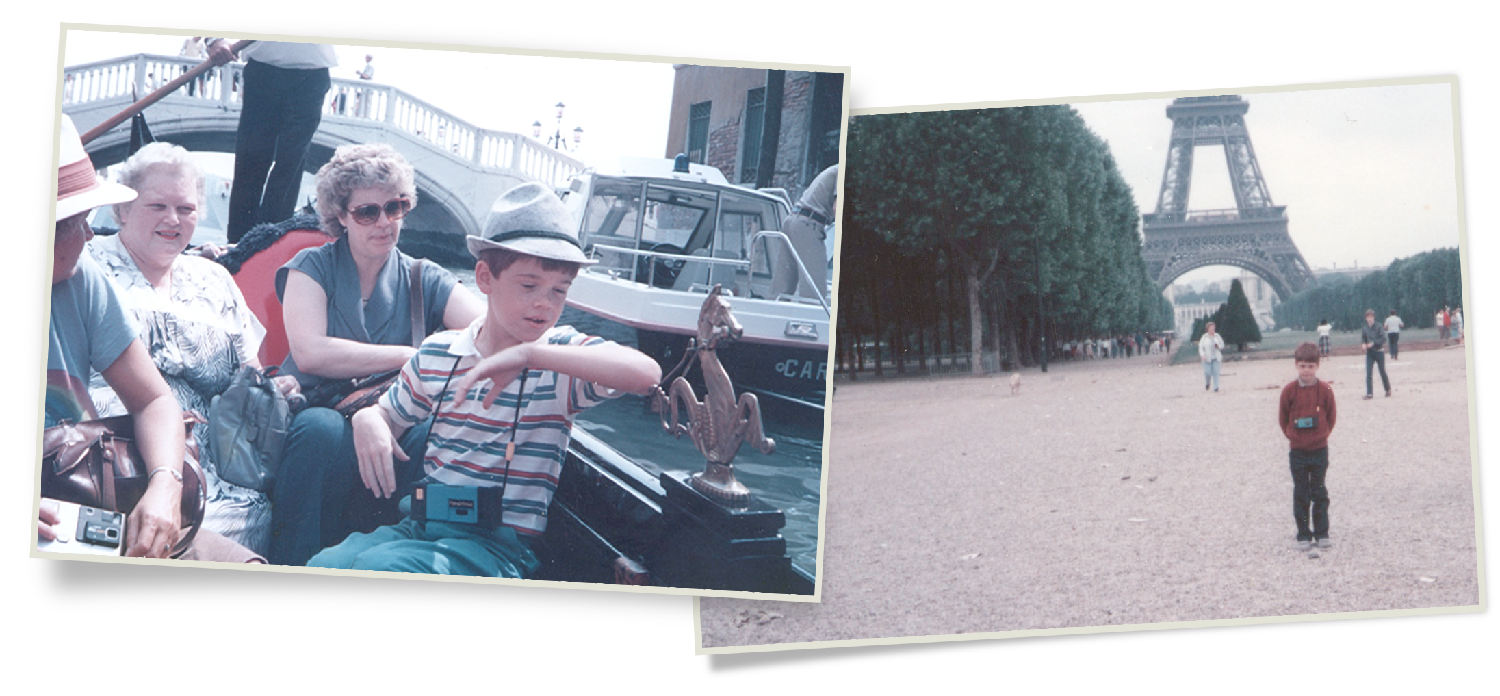
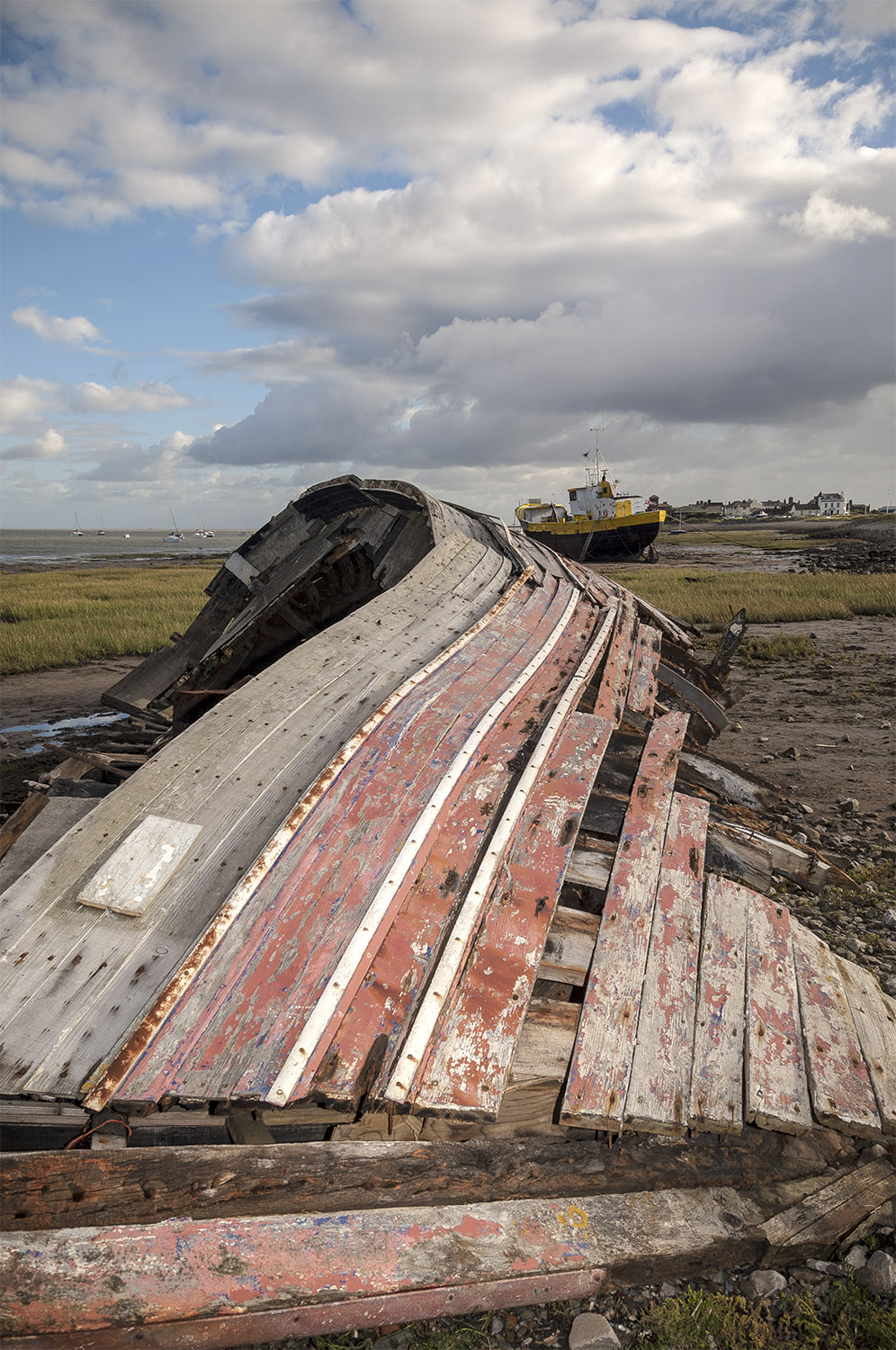

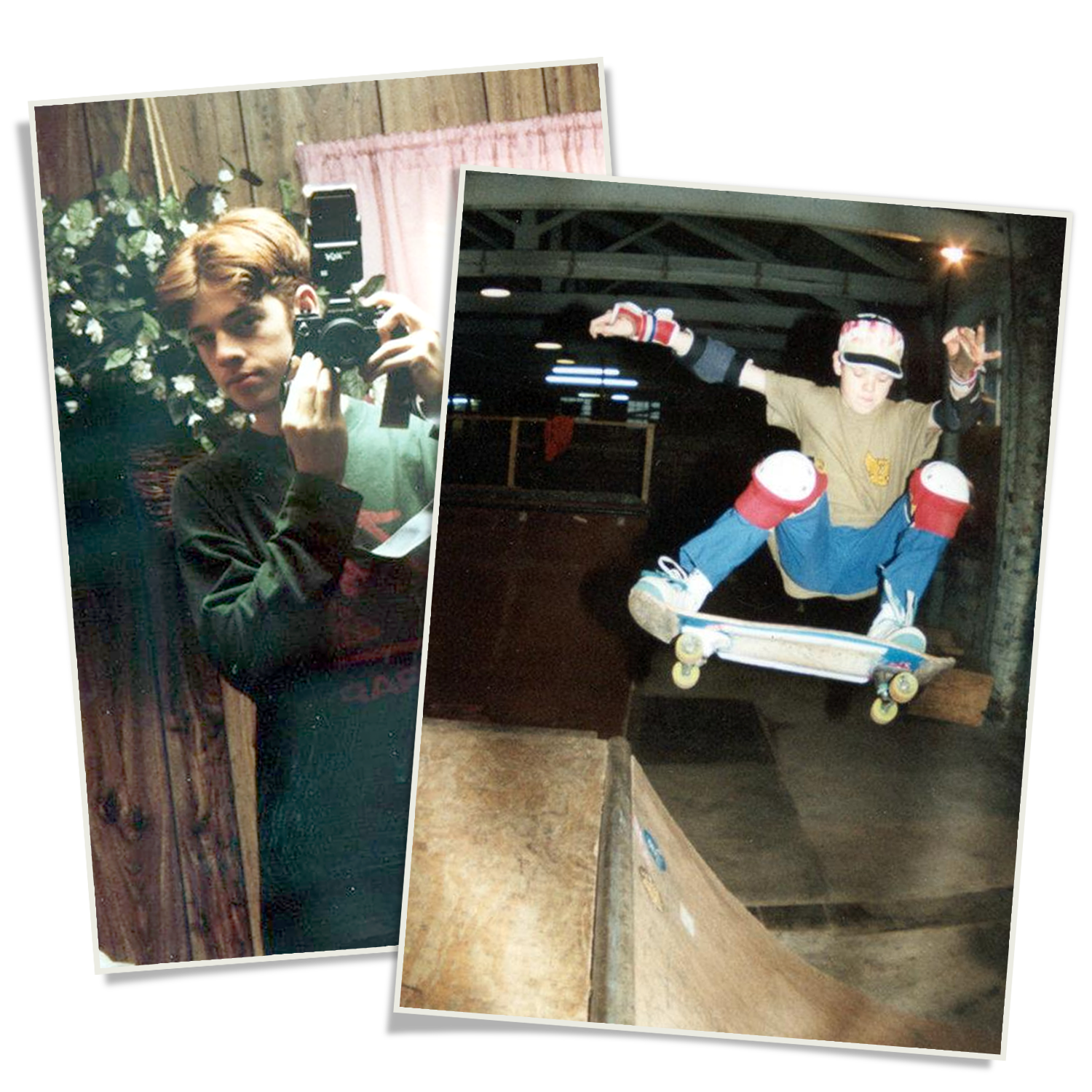
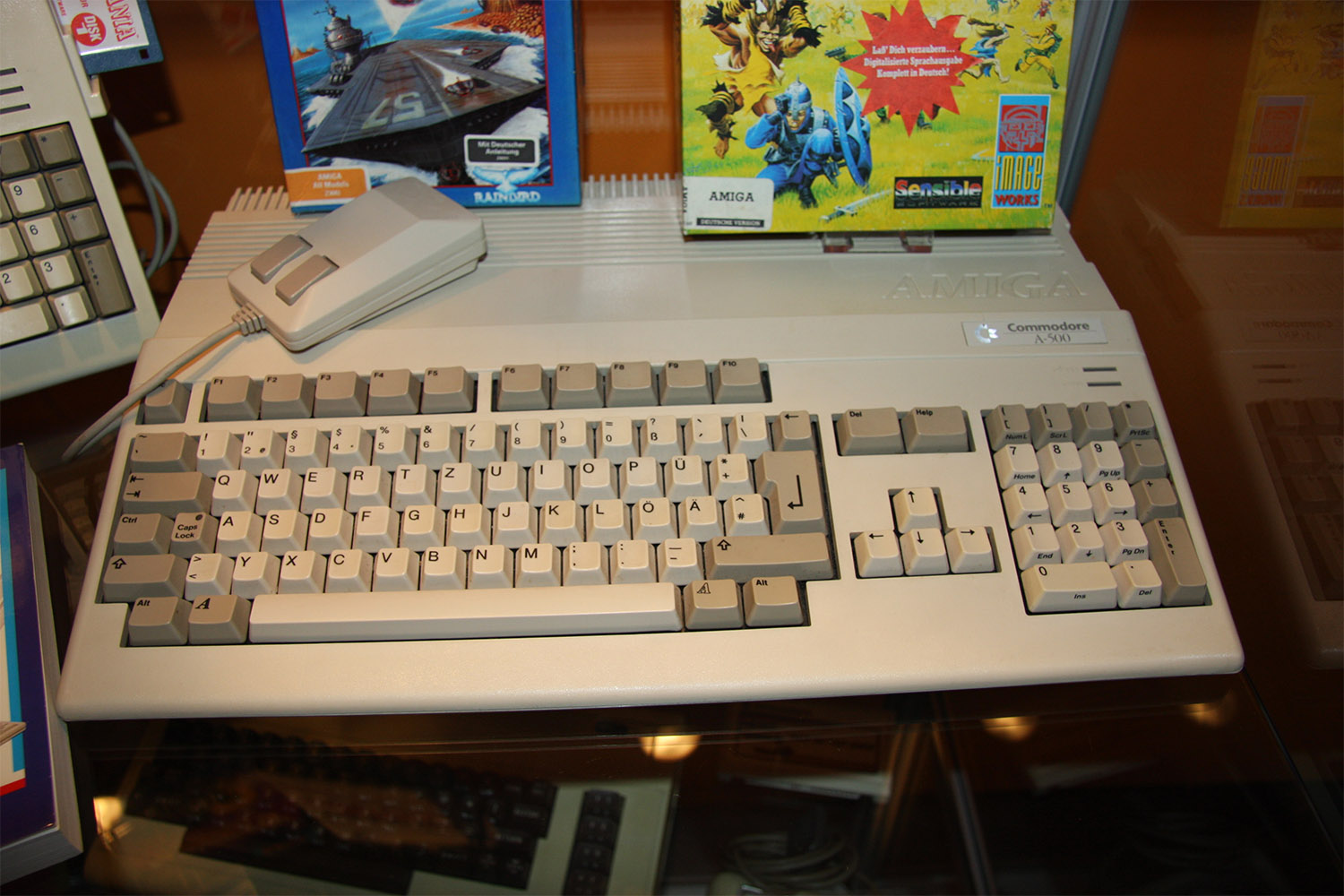

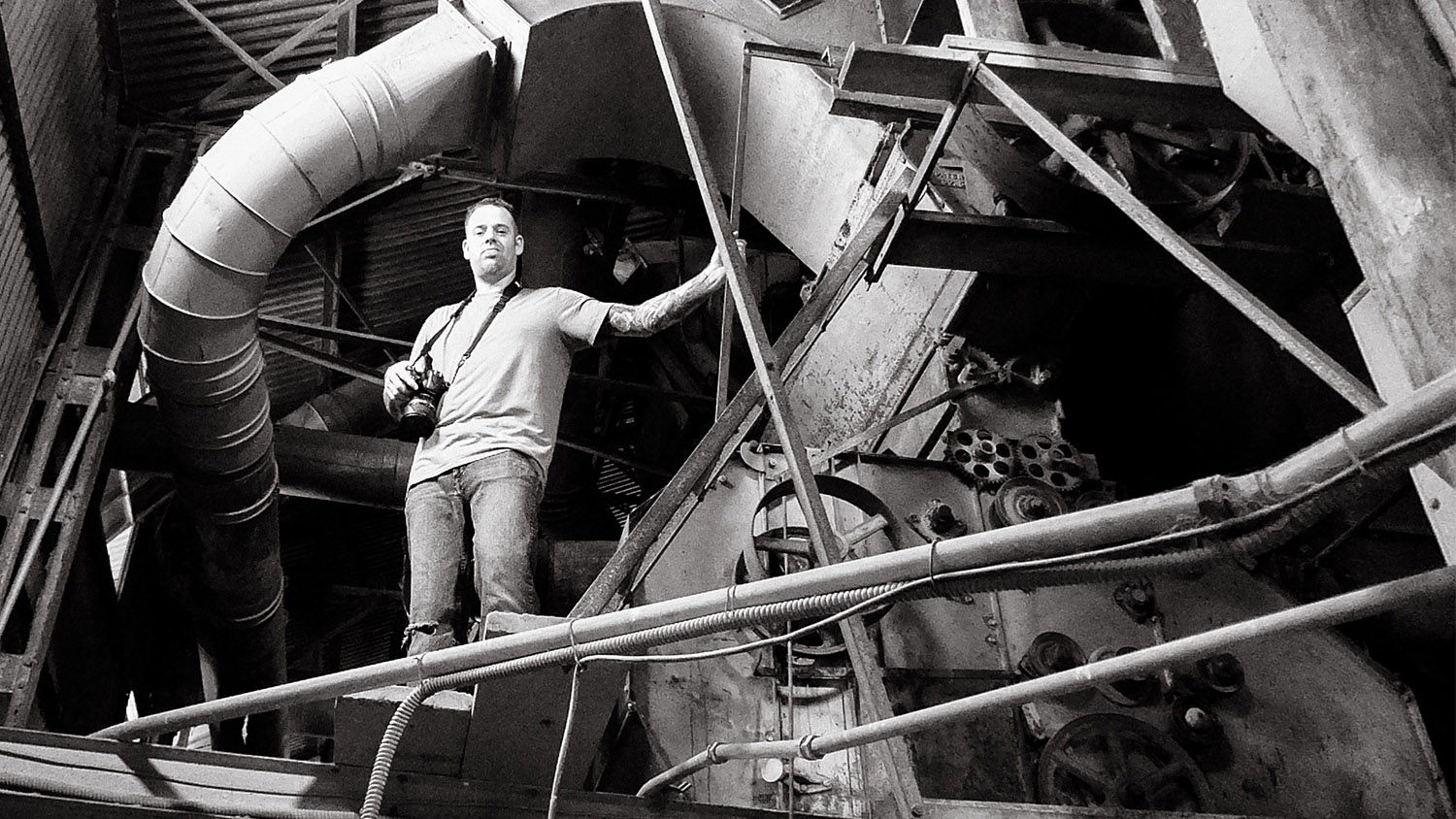

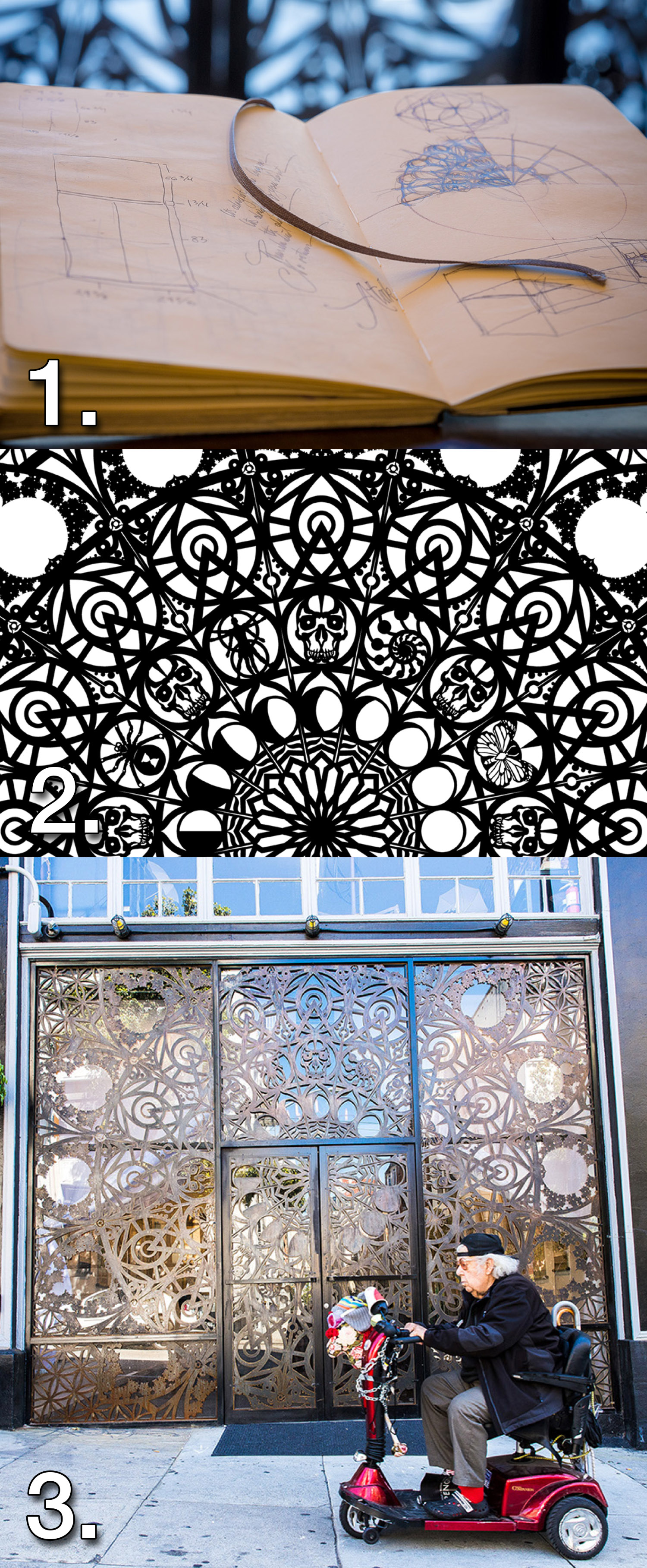
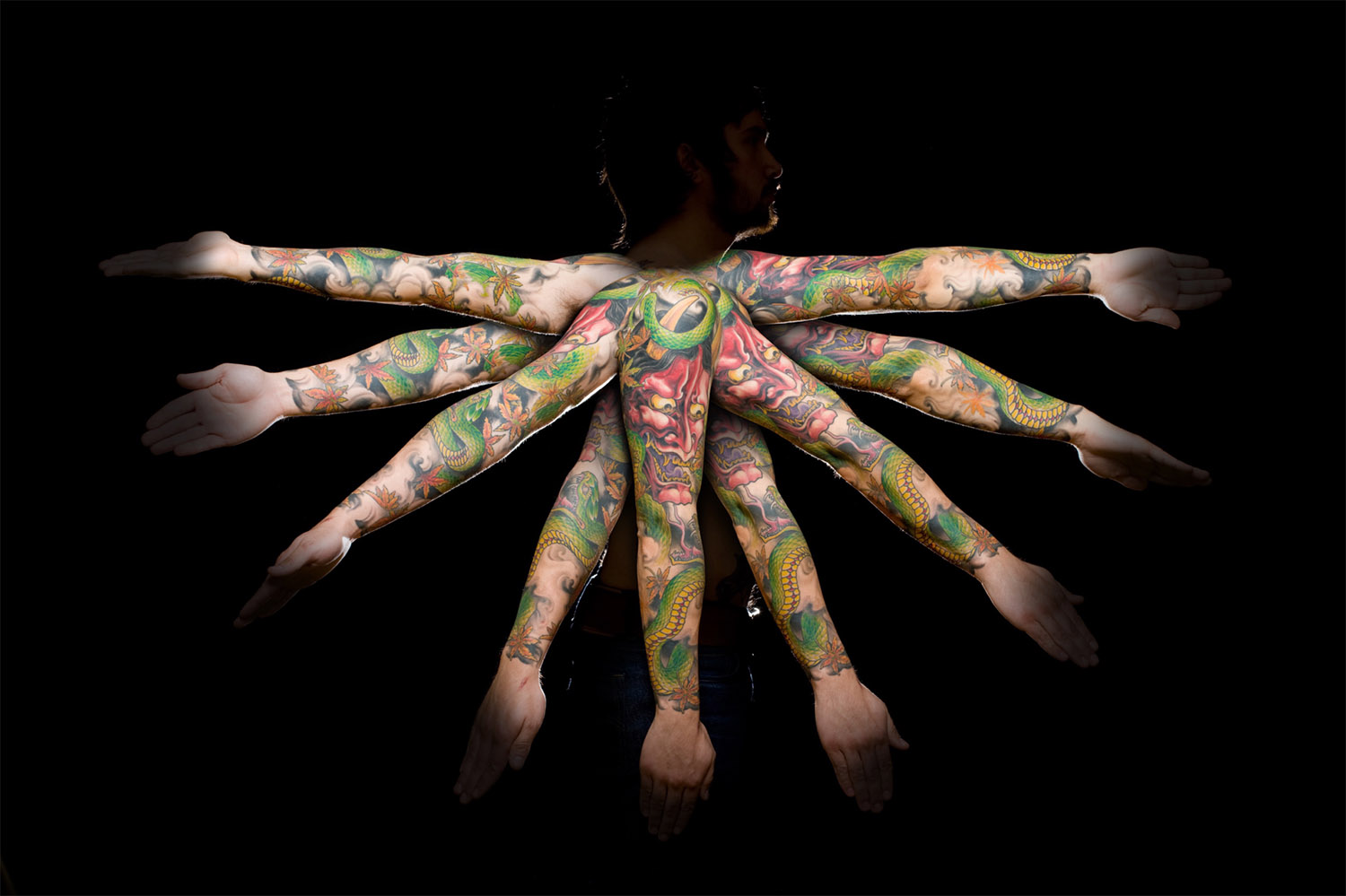
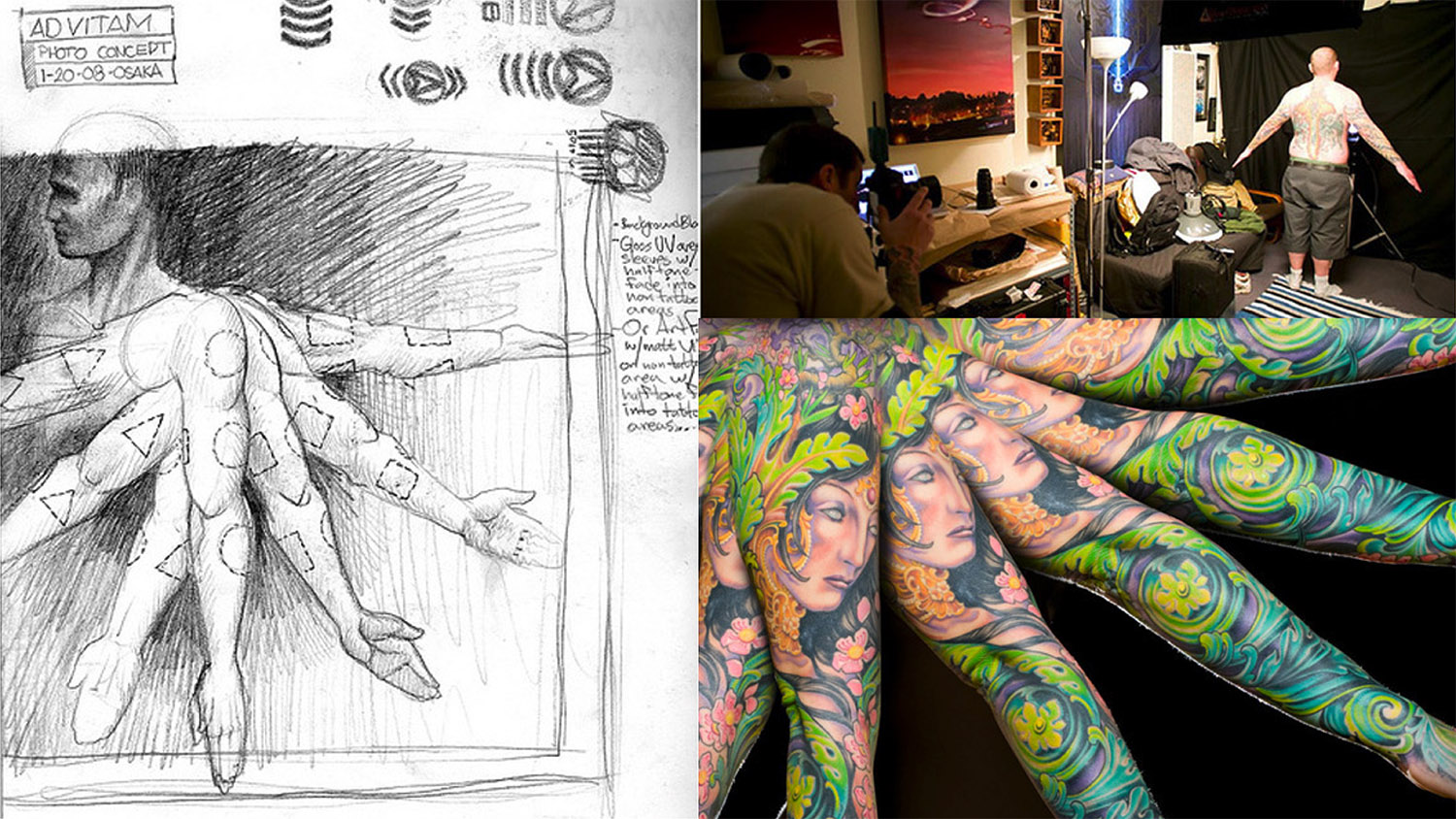
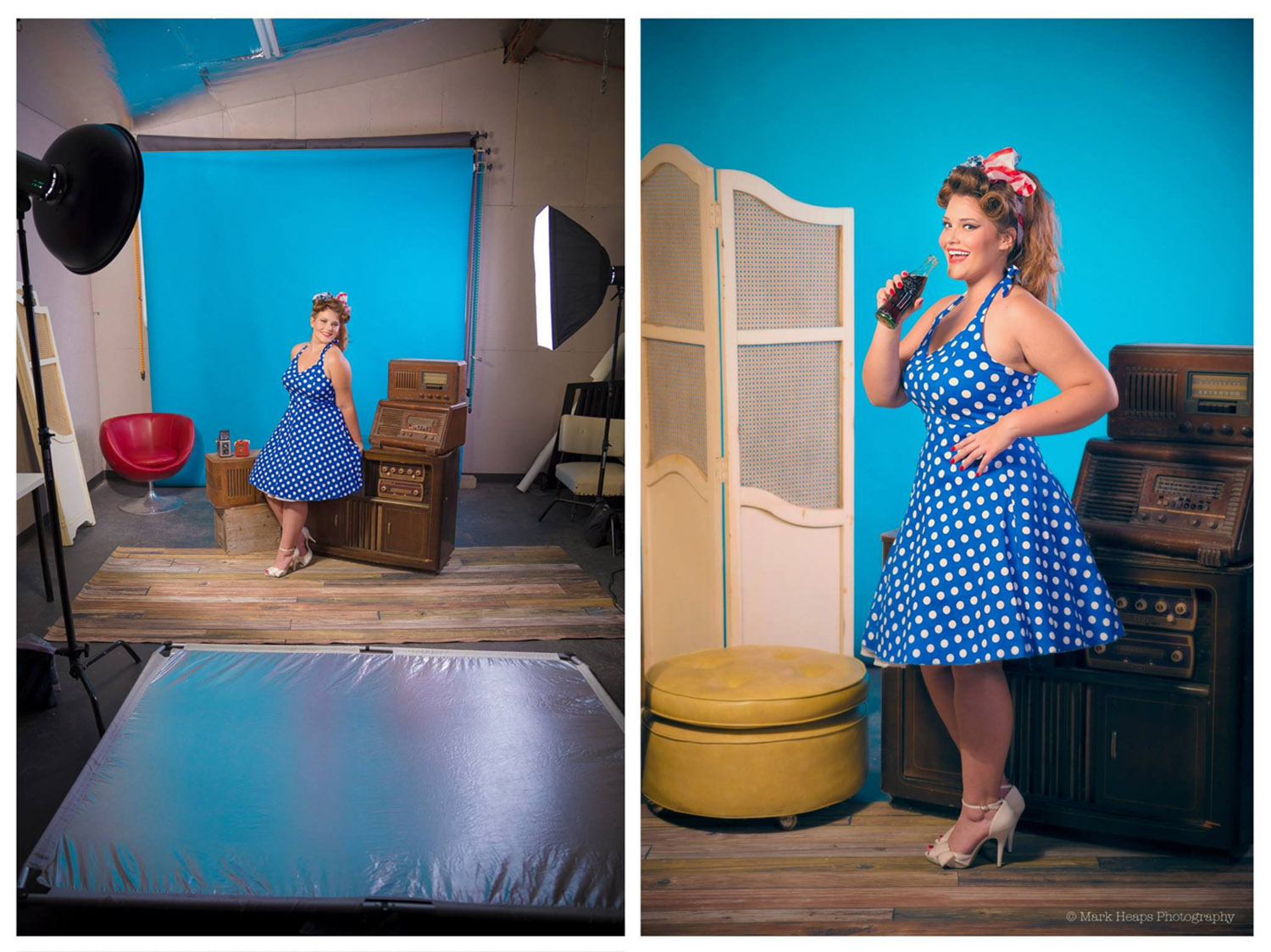


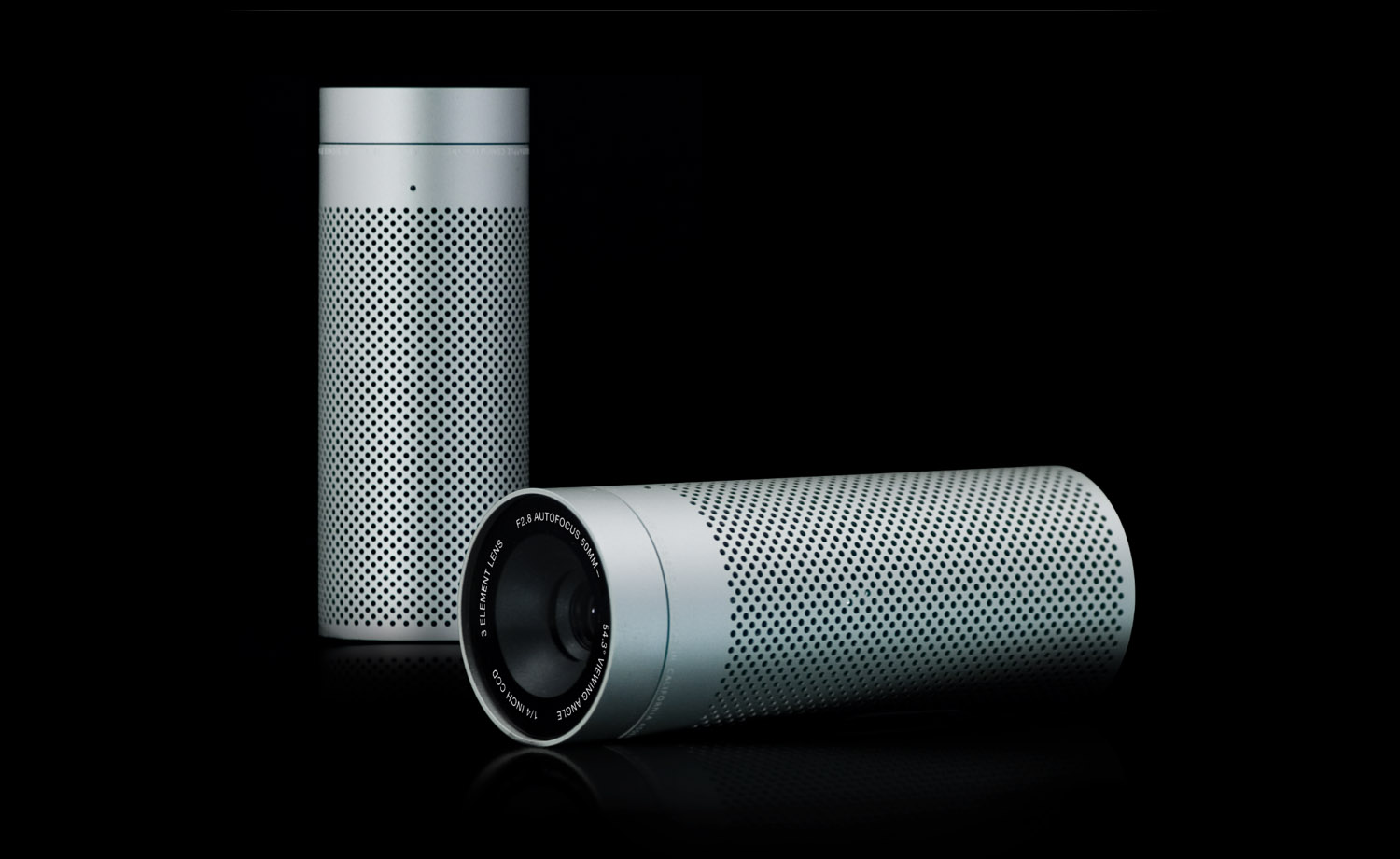
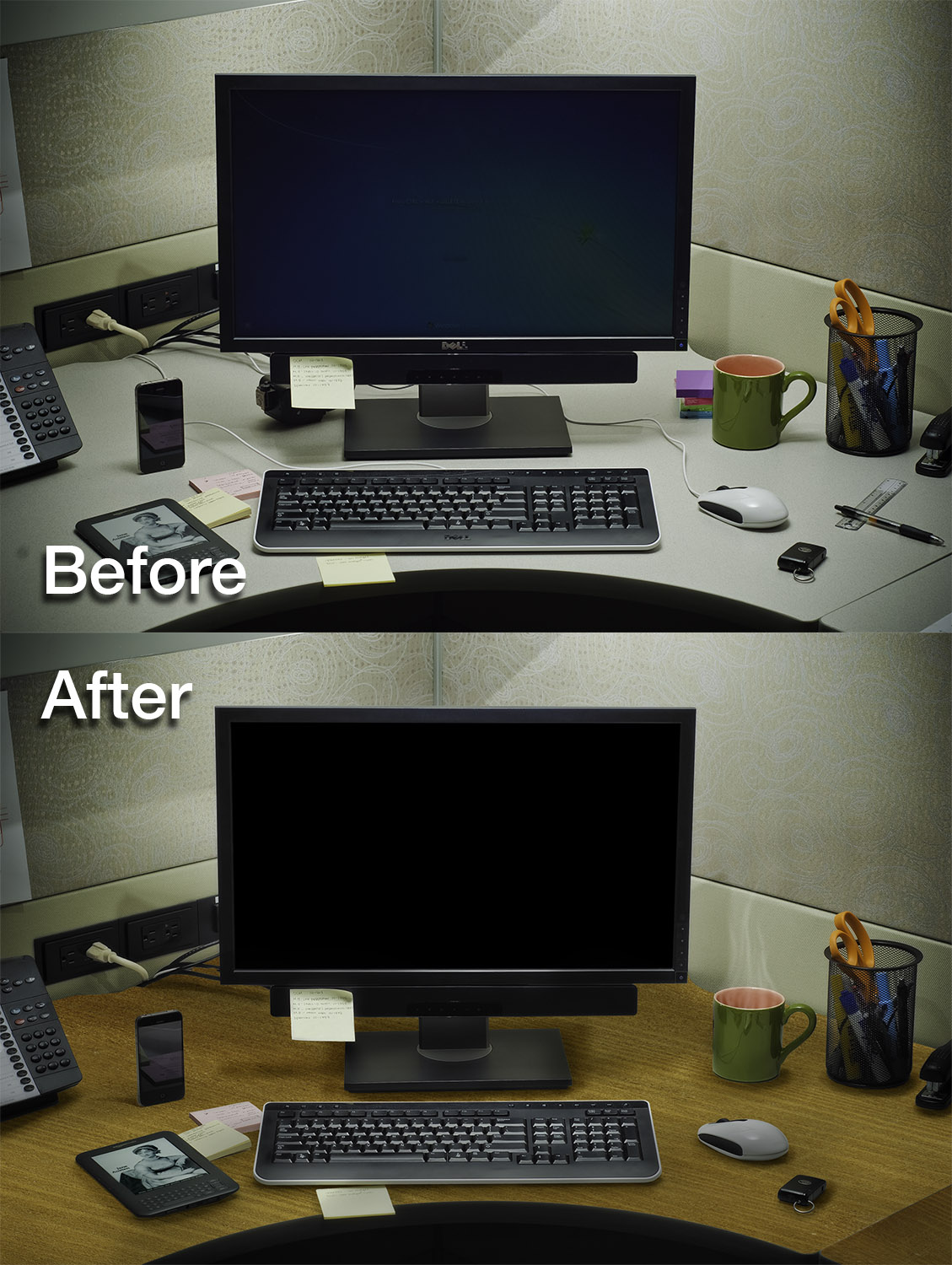

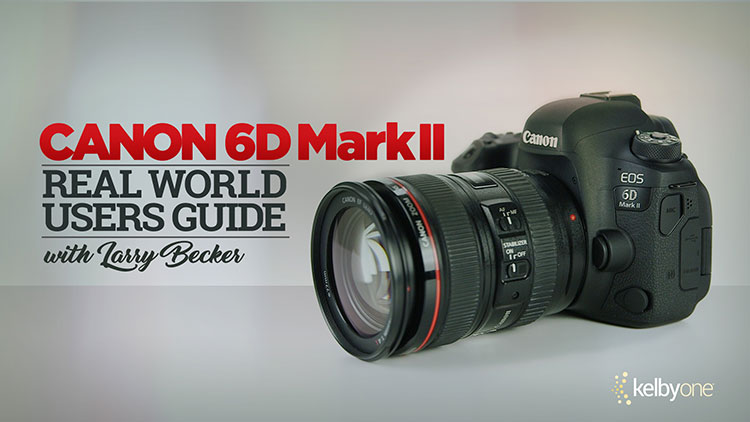
One of the best guest blogs I’ve read on this site!
Thank you.